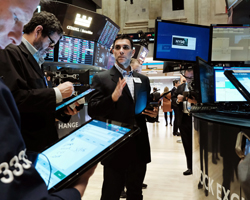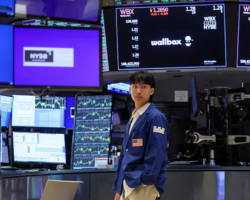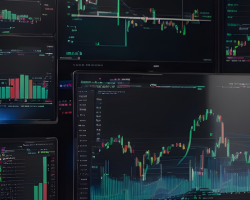Markets Surge as Trade Tensions Simmer, Gold Hits Record High Amid Fed Easing Bets | Daily Market Analysis

Key events:
- USA - FOMC Member Bowman Speaks
- USA - ADP Nonfarm Employment Change (Jan)
- USA - S&P Global Services PMI (Jan)
- USA - ISM Non-Manufacturing PMI (Jan)
- USA - ISM Non-Manufacturing Prices (Jan)
- USA - Crude Oil Inventories
The S&P 500 surged on Tuesday, closing significantly higher as investors processed a mix of mostly positive corporate earnings while remaining cautious about escalating US-China trade tensions. However, optimism prevailed following President Trump's recent concessions to Canada and Mexico, fueling hopes that a full-scale trade war could still be avoided.
The Dow Jones Industrial Average gained 142 points, reflecting a 0.3% increase. Meanwhile, the S&P 500 climbed 0.72%, and the NASDAQ Composite led the charge with an impressive 1.4% rise, adding 262 points. The equity markets responded favorably to earnings reports that largely exceeded expectations, overshadowing the lingering uncertainty surrounding global trade policies.
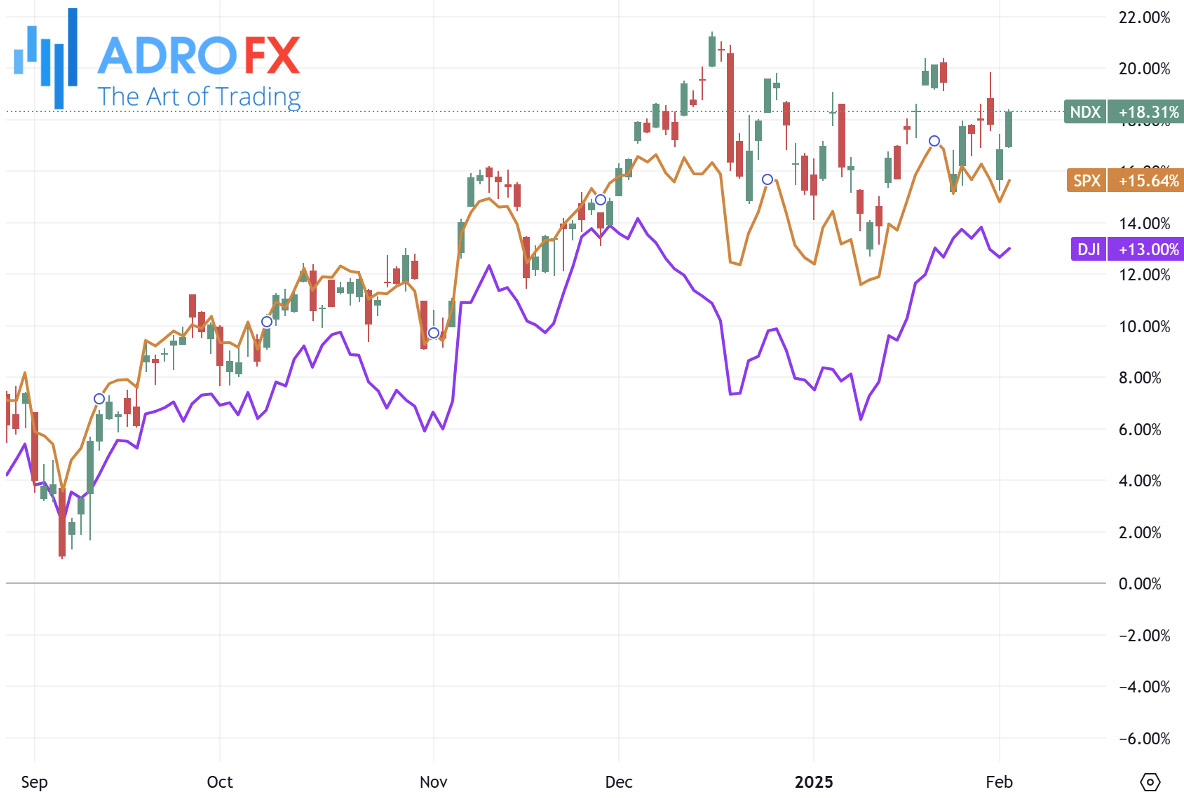
Amidst the market fluctuations, the Australian Dollar edged lower against the US Dollar as risk sentiment took a hit from renewed concerns over US-China trade relations. The AUD/USD pair struggled to find upward momentum, despite an encouraging Judo Bank Purchasing Managers Index (PMI) report released on Wednesday.
Australia’s Judo Bank Composite PMI rose to 51.1 in January, up from December’s reading of 50.2, signaling a modest expansion in private sector activity. Similarly, the Judo Bank Services PMI ticked up to 51.2 from 50.8, marking its twelfth consecutive month of growth. While the gains were moderate, they represented the strongest expansion seen since August.
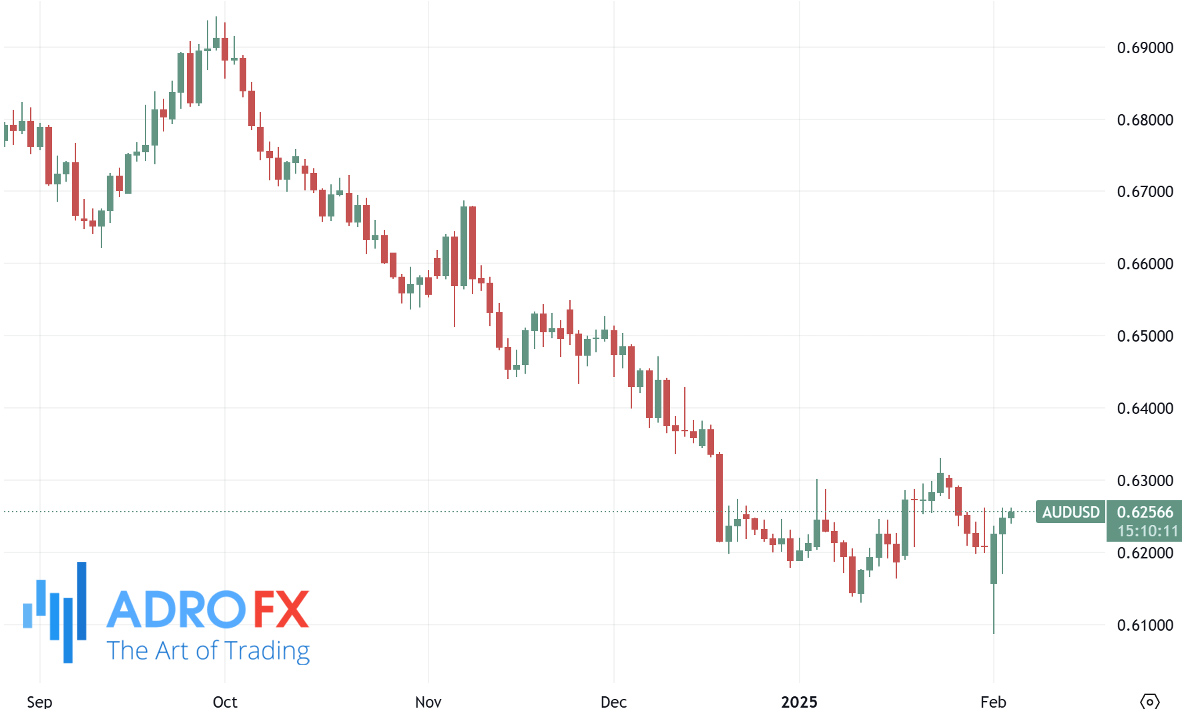
However, the Australian Dollar remains under pressure as speculation grows that the Reserve Bank of Australia may consider cutting interest rates at its upcoming February meeting. The central bank has kept its Official Cash Rate (OCR) at 4.35% since November 2023, emphasizing that inflation must return sustainably to its target range of 2%-3% before any easing measures can be implemented.
Meanwhile, gold prices maintained their upward trajectory during Wednesday’s Asian session, reaching a record high of approximately $2,858 per ounce. Safe-haven demand for gold remained robust, fueled by ongoing concerns over the economic impact of President Trump’s tariff policies. Additionally, expectations that the Federal Reserve will maintain its easing cycle - amid signs of slowing momentum in the US labor market - further supported the non-yielding yellow metal.
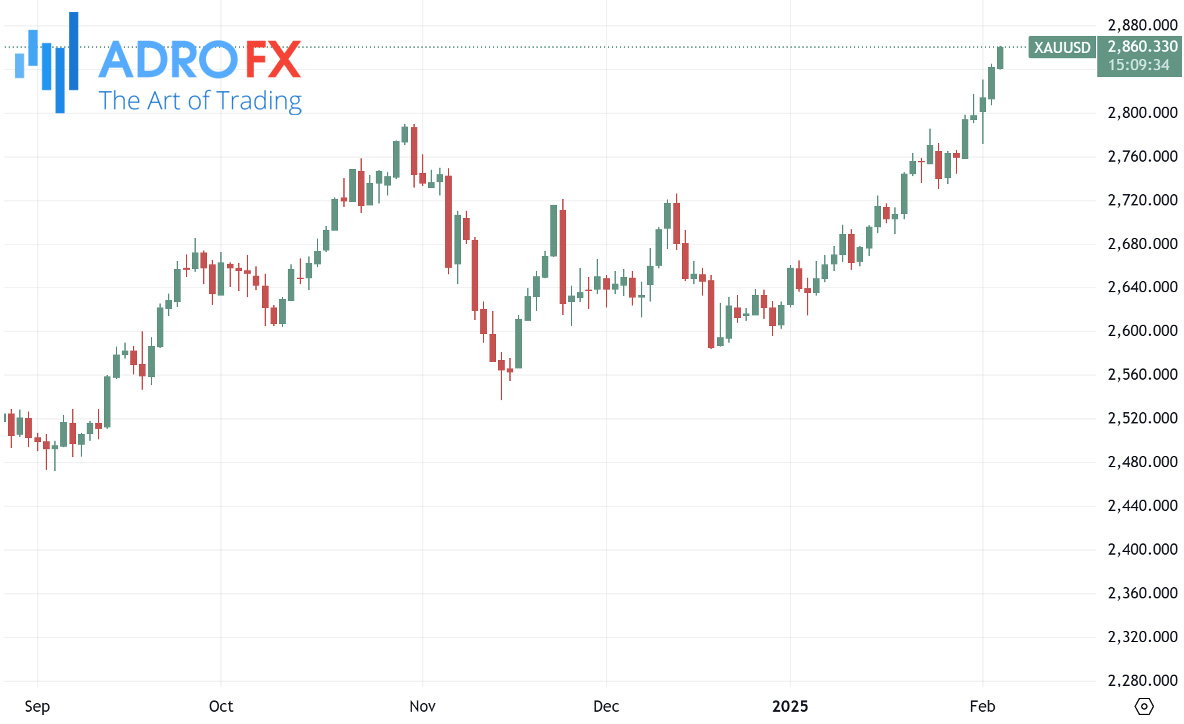
The US Dollar hovered near its weekly low as investors speculated on future Fed policy decisions, adding further tailwinds to gold prices. However, optimism surrounding Trump’s decision to postpone tariffs on Canadian and Mexican imports contributed to a risk-on mood in financial markets, potentially capping further gains for XAU/USD. With gold appearing slightly overbought on the daily chart, traders may opt for a consolidation phase or a minor pullback before positioning for further upside.
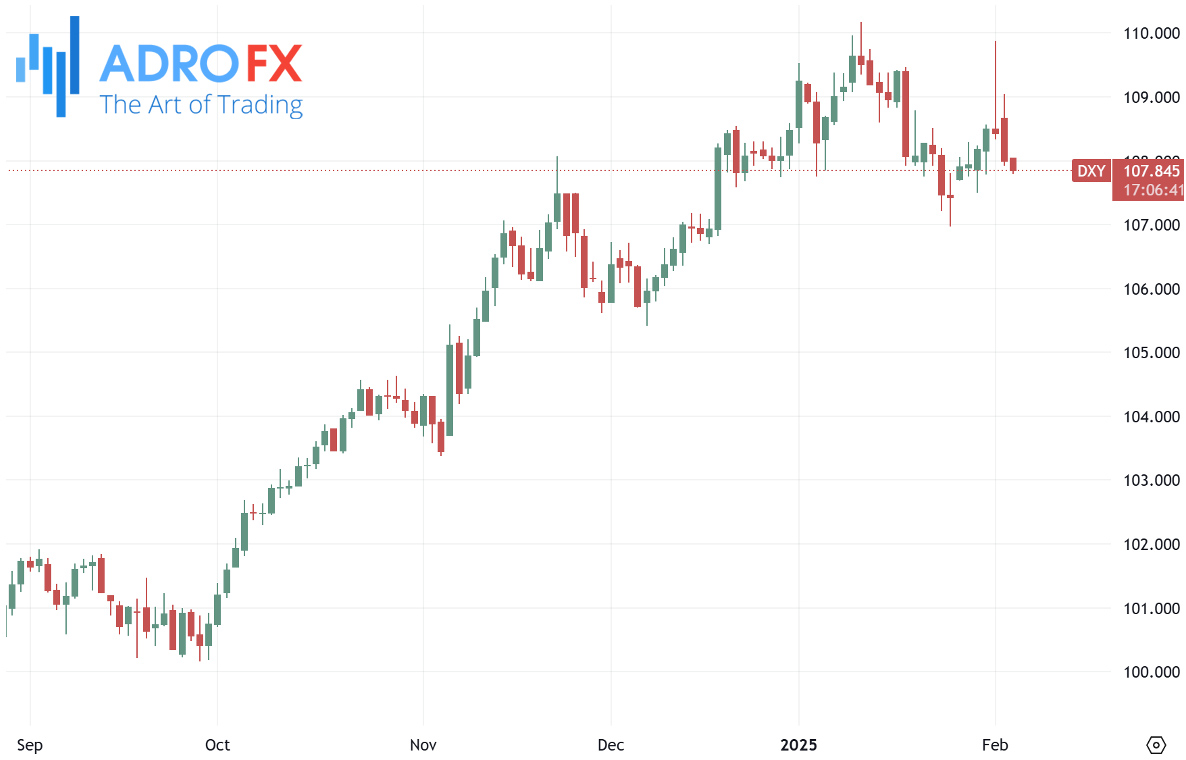
The Japanese Yen maintained strong intraday gains, although it retraced slightly from its highest level since December 13. Fresh data released on Wednesday revealed an increase in Japan’s real wages, reinforcing expectations that the Bank of Japan may raise interest rates again. This expectation contrasts with the outlook for the Federal Reserve, which is anticipated to cut interest rates twice by the end of the year. The resulting policy divergence has provided strong support for the Yen.
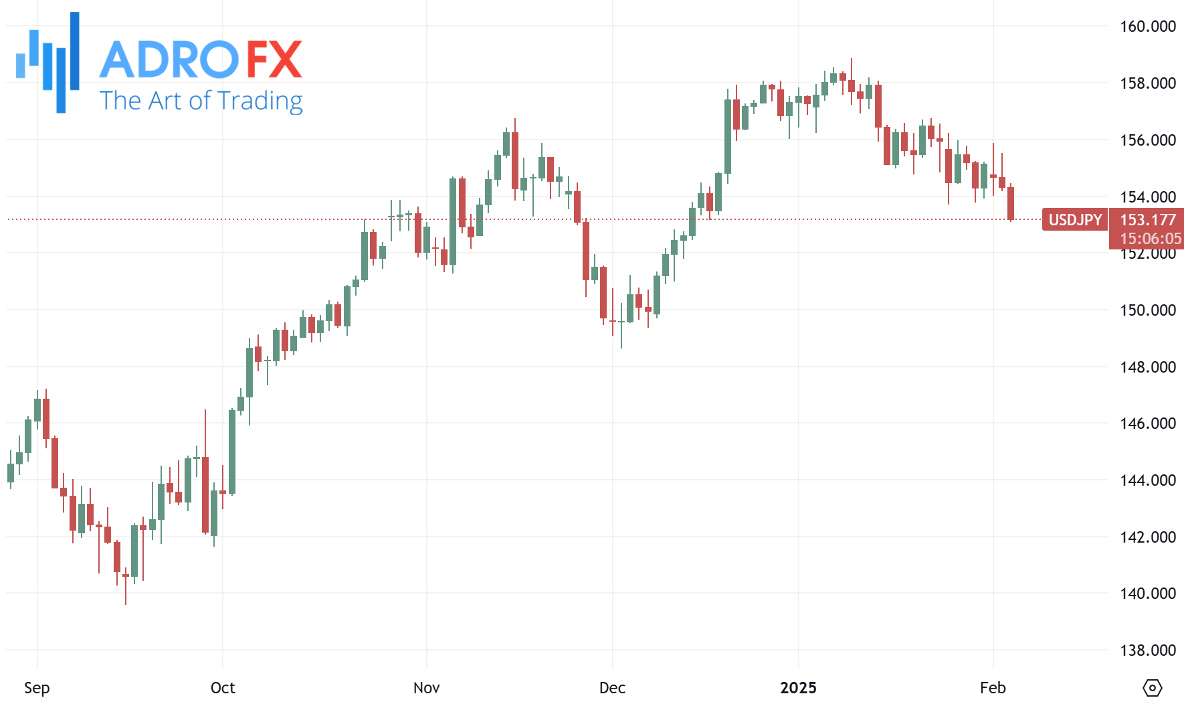
The British Pound struggled to extend its recent rally, consolidating near a one-week high just below the psychologically significant 1.2500 level against the US Dollar. The broader risk sentiment remained supported by President Trump’s decision to delay tariffs on Canadian and Mexican goods, alleviating some concerns about the global economic impact of escalating trade disputes. This positive tone in equity markets weighed on the safe-haven US Dollar, providing mild support for the GBP/USD pair.
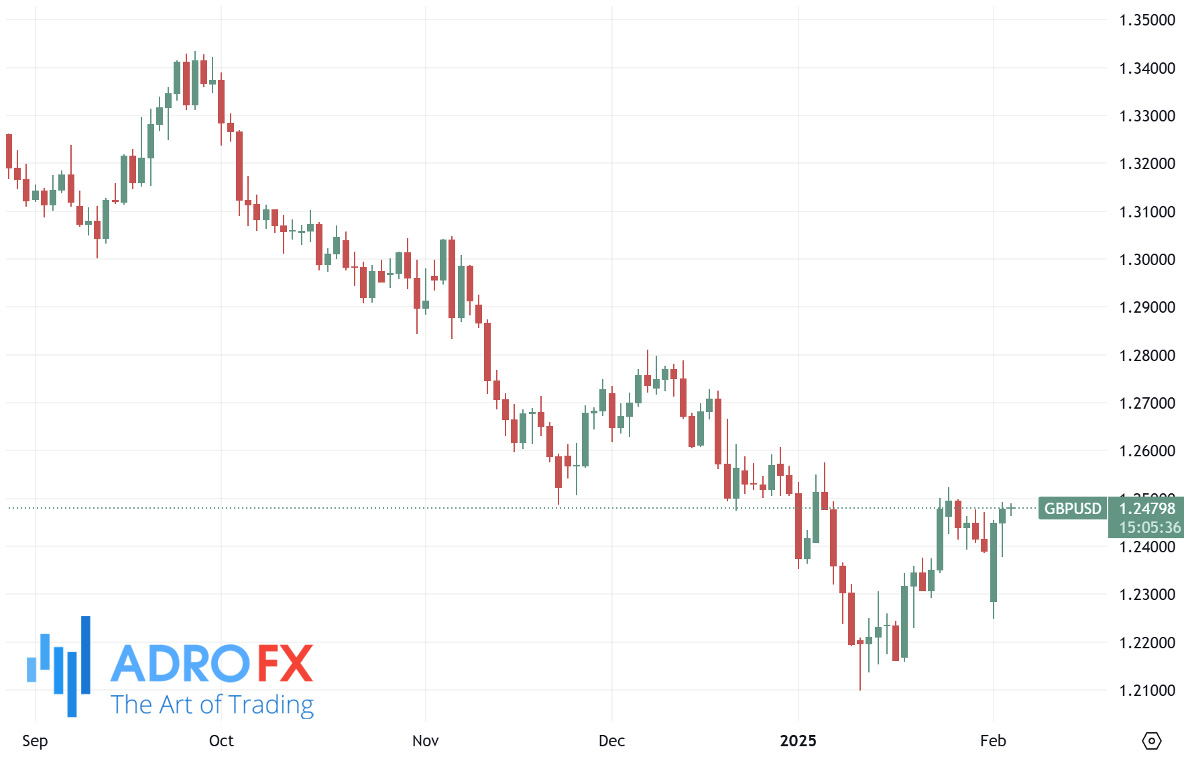
However, investor caution persists regarding the long-term implications of US-China trade tensions - the ongoing dispute between the two largest economies in the world remains a key market driver. The Federal Reserve’s hawkish stance also limits downside risks for the USD, acting as a counterbalance to any further gains in the GBP/USD pair. Additionally, traders appear hesitant ahead of a key event risk - the Bank of England’s policy meeting scheduled for Thursday.
Market participants are also looking ahead to Friday’s US nonfarm payrolls report, which is expected to provide further clarity on the Federal Reserve’s monetary policy direction. A strong jobs report could reinforce expectations for prolonged Fed tightening, while weaker data may bolster arguments for an earlier rate cut.

